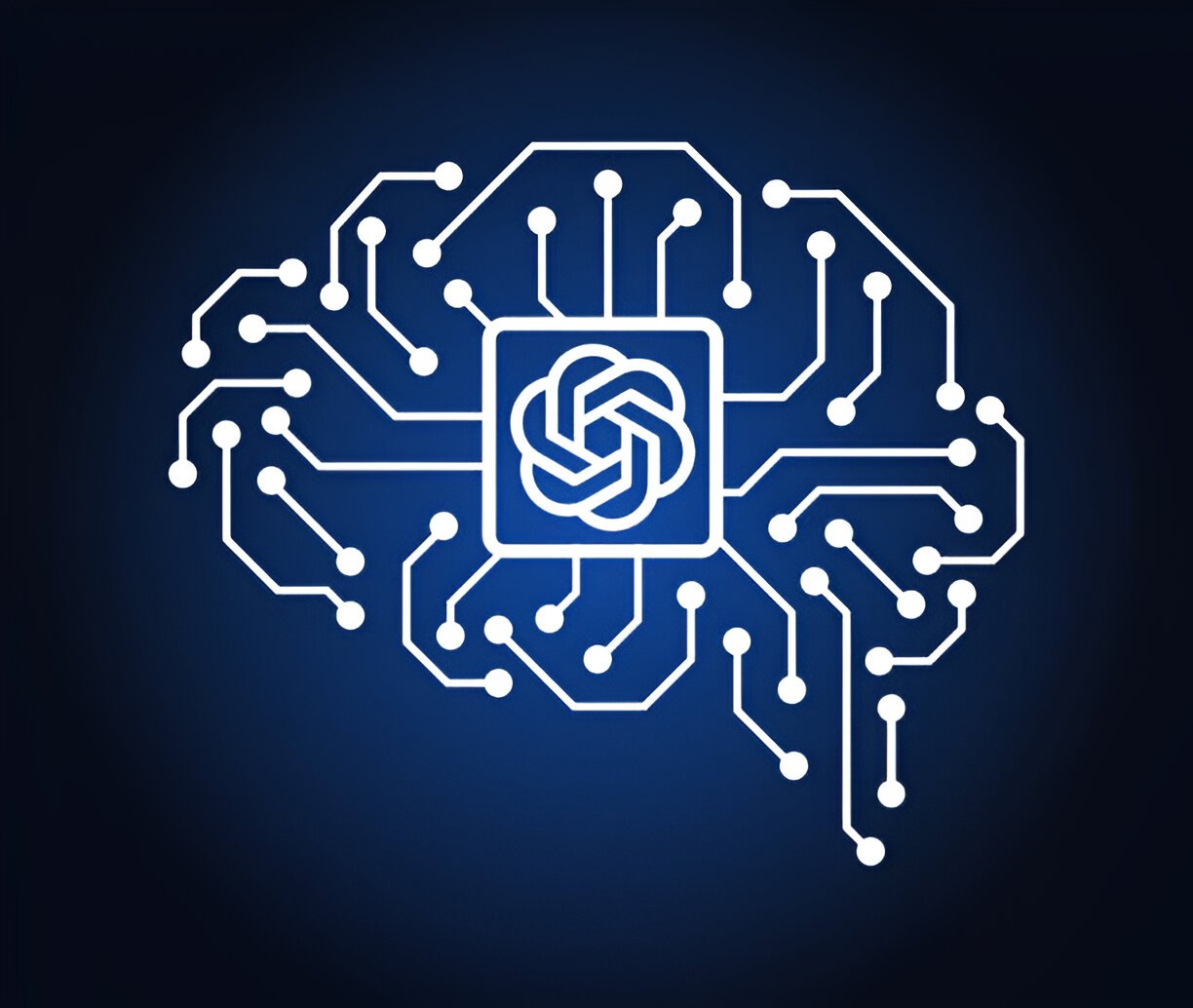Artificial intelligence (AI) has revolutionized the way we approach complex problems, driving innovation across industries. While traditional AI focuses on computational power and pattern recognition, a more nuanced perspective has emerged—brain-centric AI problem-solving. This paradigm, deeply influenced by cognitive science and neuroscience, seeks to emulate the human brain’s problem-solving capabilities. Among the notable contributors to this field is John Ball, whose work provides groundbreaking insights into how AI can be shaped by human cognition.
Understanding Brain-Centric AI
Brain-centric AI diverges from conventional AI methodologies by mimicking the structural and functional intricacies of the human brain. It aims to replicate cognitive processes such as reasoning, learning, and decision-making. Unlike traditional machine learning models, which excel at processing vast datasets, brain-centric AI aspires to achieve deeper comprehension and adaptability.
John Ball’s contributions to this domain emphasize understanding the neural mechanisms behind human intelligence. His approach highlights how simulating these mechanisms can lead to more intuitive and efficient AI systems. Ball’s vision aligns with the growing recognition that human-like reasoning and problem-solving are essential for creating AI systems capable of addressing dynamic and ambiguous challenges.
The Role of Human Cognition in AI
The human brain’s unique ability to process information contextually and infer meaning from incomplete data sets it apart from machines. John Ball speaking about artificial intelligence often emphasizes this distinction, noting that traditional AI models struggle with tasks requiring abstract reasoning or contextual understanding. For instance, while a machine-learning model can analyze patterns in customer data, it might fail to understand the nuanced motivations behind customer behavior—a task the human brain handles seamlessly.
By integrating cognitive principles into AI, researchers aim to develop systems that replicate this ability. For example, brain-centric AI might leverage neural-inspired algorithms to interpret language in a way that considers tone, context, and intent. Such advancements have profound implications for industries like healthcare, where understanding patient narratives could improve diagnostics and treatment planning.
John Ball’s Perspective on Brain-Centric AI
John Ball’s research underscores the importance of grounding AI development in neuroscience principles. He advocates for a shift away from purely data-driven models towards systems that mimic the brain’s adaptive and problem-solving capabilities. Ball’s work has inspired new methodologies, such as using spiking neural networks to simulate how neurons communicate and adapt over time.
This perspective aligns with the idea that AI systems should not only process information but also learn and adapt like humans. For instance, a brain-centric AI model designed for autonomous vehicles would not just analyze traffic patterns but also anticipate human driver behavior, enhancing safety and efficiency. Ball’s insights into the interplay between cognition and AI offer a blueprint for achieving this goal.
Practical Applications of Brain-Centric AI
Brain-centric AI has far-reaching applications across multiple sectors. In education, for example, adaptive learning platforms powered by brain-inspired algorithms can tailor content to individual students, improving engagement and outcomes. Similarly, in finance, AI systems that mimic human reasoning can detect fraudulent activities by analyzing subtle behavioral anomalies rather than relying solely on predefined patterns.
Healthcare is another domain poised to benefit significantly. By incorporating principles of brain-centric AI, diagnostic tools can interpret medical data with greater accuracy, identifying patterns that might elude conventional algorithms. Additionally, such systems could provide personalized treatment recommendations by considering a patient’s unique physiological and psychological characteristics.
Challenges in Brain-Centric AI Development
Despite its promise, brain-centric AI faces several challenges. One of the primary hurdles is the complexity of replicating human cognition. The brain’s intricate network of neurons and synapses, coupled with its ability to adapt and learn continuously, presents a formidable challenge for researchers. Furthermore, ethical considerations arise when designing systems that emulate human thought processes. Ensuring transparency and accountability in decision-making remains a critical concern.
John Ball’s contributions to this field address some of these challenges. By advocating for interdisciplinary collaboration—bringing together experts in neuroscience, computer science, and cognitive psychology—Ball emphasizes the need for holistic approaches to AI development. Such collaboration can help overcome technical and ethical obstacles, paving the way for more robust and responsible AI systems.
The Future of Brain-Centric AI
The future of brain-centric AI lies in its ability to bridge the gap between artificial systems and human cognition. Innovations inspired by John Ball’s work are likely to play a pivotal role in this journey. As AI systems become more adept at emulating the brain’s problem-solving strategies, they will unlock new possibilities for addressing complex global challenges.
One promising avenue is the integration of brain-centric AI with other emerging technologies, such as quantum computing and bioinformatics. These synergies could accelerate advancements in areas like drug discovery, climate modeling, and personalized medicine. Additionally, the continued evolution of AI ethics frameworks will be essential to ensure that these technologies are deployed responsibly and equitably.
Conclusion
Brain-centric AI represents a paradigm shift in artificial intelligence, moving beyond data-centric approaches to embrace the principles of human cognition. John Ball’s contributions to this field underscore the importance of understanding and mimicking the brain’s adaptive and problem-solving capabilities. By leveraging insights from neuroscience, cognitive science, and computer science, brain-centric AI has the potential to revolutionize industries ranging from healthcare to education.
As the field progresses, the work of pioneers like John Ball speaking about artificial intelligence will continue to shape its trajectory, inspiring new generations of researchers and innovators. By addressing technical challenges and ethical considerations, brain-centric AI can pave the way for a future where artificial systems work seamlessly alongside humans, solving problems with unprecedented efficiency and creativity.



